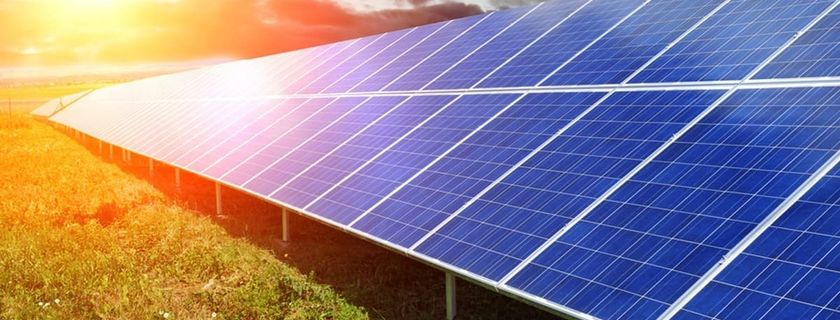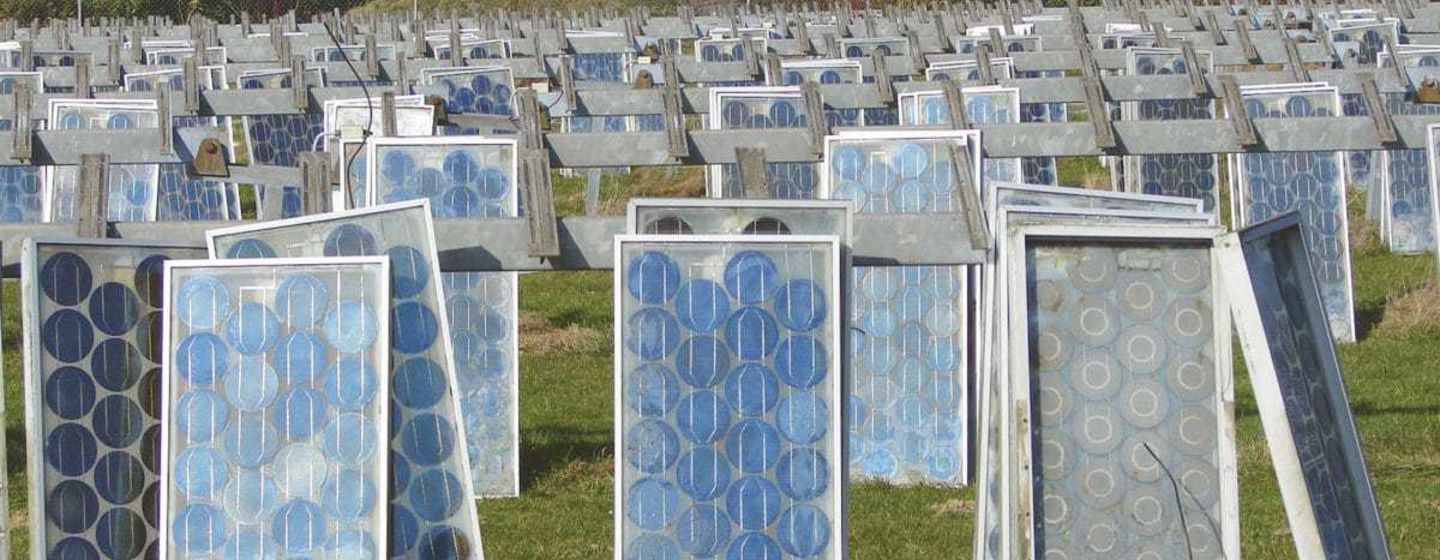
CIRCUSOL: Solar power business models towards a circular economy in Europe (PRESS RELEASE)
CIRCUSOL: Solar power business models towards a circular economy in…

According to a new study by Belgian non-profit organization PV Cycle and European innovation hub EnergyVille by Imec, unclear legislation, the lack of control of the European Commission's Waste Electrical and Electronic Equipment (WEEE) directive, and limited international guidelines on e-waste are preventing the effective reuse and repair of PV modules.
The report points out that in the circular economy approach, reuse and repair actions play a key role in extending the life of PV modules by preventing their early entry into the waste stream. PV has rapidly become one of the most economic energy generation technologies. With crystalline silicon (c-Si) PV modules accounting for 95% of the PV market and the era of terawatts of PV modules fast approaching. IRENA forecasts 5 million tonnes of PV waste by 2030 which leave the sector with substantial concerns about end-of-life management of the modules.
Moreover, the continued rapid decrease of PV modules prices (now down to 0.2-0.3 €/Wp) and rapid increase of PV module efficiencies (now in the range of 17 to 21%) raise questions about the economic viability of the sector. The most cost-effective method is to collect reusable modules at the decommissioning site with the sorting, visual and electrical testing and documentation directly completed upon removal and even including small repairs of the external electrical components of the modules (cabling, connectors, diodes). Currently, PV modules for reuse are mainly sourced from large commercial PV systems of 10 kWp to MWp in the capacity or from large-scale PV plants larger than 1 MWp in Europe, the US and China that have been damaged by severe weather with many removed PV modules being intact. Second-hand PV modules, with lower performance and lifetime, but higher economic benefits are mainly in demand in low-income markets, such as African, West Asian and South-East Asian countries, where customers are looking for ultra-cheap PV systems with lower quality and appearance requirements. A small and temporary market of about 10 MWp is present in Western Europe where feed-in tariff regulations often require similar replacement modules in case of damage. The study underlines that reused or repaired PV modules are not competitive for new residential, commercial and utility-scale PV installations in high-income countries or even in developing countries with government incentives to deploy PV.
Technical guidelines and standards detailing the sorting and testing steps and setting the technical criteria to qualify modules for reuse are a must to ensure the high quality of reused modules. It might be worthwhile to consider only PV modules for reuse that still have power above 70% of their initial value and to exclude PV modules with defects having an even minor concern for safety, as Eszter Voroshazi, R&D manager at Imec/EnergyVille said. The implementation of such requirements would ensure homogenous product quality and build trust towards clients and the original equipment manufacturers.
Preparing PV modules for reuse has no negative environmental implications, hence it is a desirable step as part of the circular economic model for PV which is likely to make reuse PV modules more competitive and desirable according to PV Cycle CEO Jan Clyncke. Yet, used modules can pose an environmental threat if they are not properly recycled. The environmental feasibility of the second-hand PV modules is at risk if their adequate recycling is not guaranteed after their second life. The current practice of exporting reused PV modules to developing countries with insufficient waste regulations is creating a major environmental concern. In Europe, eco-design requirements imposed on electrical and electronic equipment measuring CO2 footprints are expected to enter into action for PV modules in the coming years.
The reuse of PV modules clearly creates employment opportunities for a technically skilled and local workforce, both in decommissioning and re-installation countries. It should be accompanied by proper training of the workforce, which could lead to the creation of 63 jobs per 1,000 tons of electric and electronic waste according to an estimation of the RRE-USE network. This market growth is not only desirable due to the generation of jobs, but it also reduces energy poverty in low-income countries, which indirectly contributes to further economic and social development.

CIRCUSOL: Solar power business models towards a circular economy in…